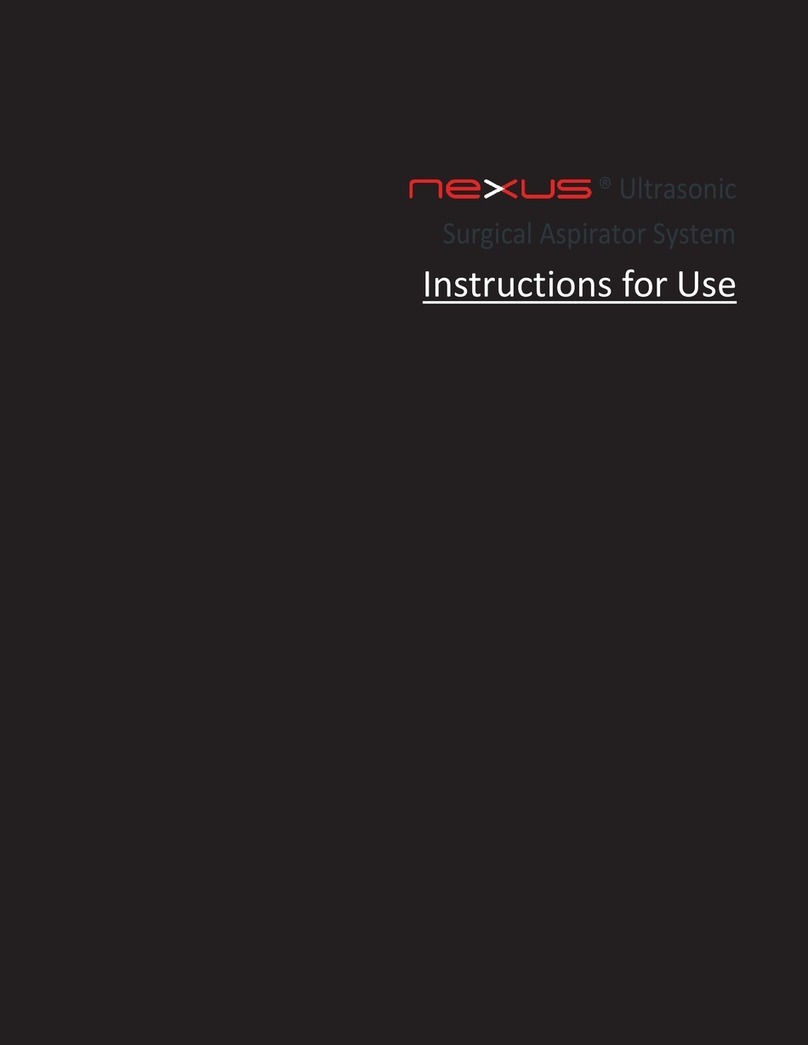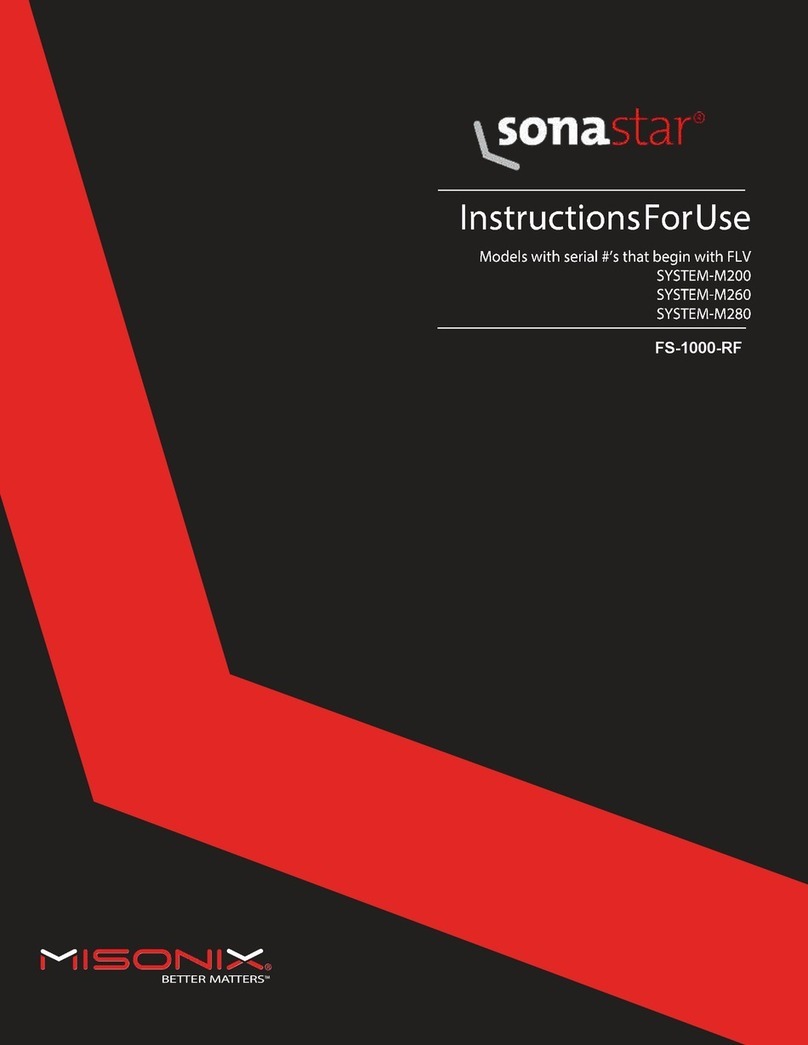IFU-607 Rev D P age 2of 65
Table of Contents
1. General Safety Statements ........................................................................................................................................................................ 3
1.1. Summary of Safety Notices: Warnings, Cautions and Notes.............................................................................................................................3
1.2. EMC Statement ...................................................................................................................................................................................................6
1.3 Electrical Safety Statement .............................................................................................................................................................................10
1.4 Environmental Statement.................................................................................................................................................................................10
1.5 FCC Statement.................................................................................................................................................................................................... 11
1.6 Trademark Information..................................................................................................................................................................................... 11
1.7 Explanation Of Symbols .....................................................................................................................................................................................12
2. Indications And Contraindications............................................................................................................................................................ 14
2.1. Indications..........................................................................................................................................................................................................14
2.2. Contraindications ..............................................................................................................................................................................................14
3. Adverse Effects........................................................................................................................................................................................ 14
4. Principle of Operation ...............................................................................................................................................................................15
4.1. Ultrasonic Theory ..............................................................................................................................................................................................15
4.2. System Overview...............................................................................................................................................................................................15
4.3. Reusable System Components .........................................................................................................................................................................18
4.4. Single-use, Sterile Components........................................................................................................................................................................19
4.5. Optional Accessories for Monopolar COAG .....................................................................................................................................................20
5. Console - Receptacles, Controls and Indicators..........................................................................................................................................20
5.1. Side Panel Receptacles......................................................................................................................................................................................20
5.2 Front Panel Controls..........................................................................................................................................................................................21
5.3 Rear Controls, Labeling, Storage and Receptacles ..........................................................................................................................................24
5.4 Wireless System Receptacles, Controls and Indicators....................................................................................................................................27
6. System Set-up ..........................................................................................................................................................................................31
6.1. Installation ......................................................................................................................................................................................................... 31
6.3 Console Set-up –Part I (In the Non-Sterile Field).............................................................................................................................................32
6.4 Handpiece Assembly ..........................................................................................................................................................................................32
6.5 Console Set-up –Part II (In the Non-Sterile Field)............................................................................................................................................35
6.6 Perform System Check......................................................................................................................................................................................36
6.7 Operative Use of System................................................................................................................................................................................... 37
6.8 Post-Operative Procedure ................................................................................................................................................................................38
7. Handpiece Assembly and Disassembly ..................................................................................................................................................... 39
7.1. Items Required for Handpiece Assembly..........................................................................................................................................................39
7.2. Handpiece Inspection ........................................................................................................................................................................................39
7.3. Handpiece Assembly –Curved Extended Handpiece (CE)...............................................................................................................................40
7.4. Electrosurgery Connector Assembly ................................................................................................................................................................41
7.5. Handpiece Disassembly –Short Straight Handpiece (SS) ...............................................................................................................................42
7.6. Handpiece Disassembly –Curved Extended Handpiece (CE) ..........................................................................................................................42
8. Monopolar COAG Guidelines.................................................................................................................................................................... 44
8.1. Background........................................................................................................................................................................................................44
8.2. Preparing the System for Monopolar COAG Use .............................................................................................................................................45
8.3. Using Monopolar COAG with the SonaStar System ........................................................................................................................................46
9. Cleaning, Sterilization and Maintenance .................................................................................................................................................. 48
9.1. Disassembly.......................................................................................................................................................................................................48
9.2. Cleaning .............................................................................................................................................................................................................48
9.3. Sterilization of Reusable Sterile Field Components .........................................................................................................................................51
9.3.1 For Handpiece Disassembled.............................................................................................................................................................................51
9.4. Deviations from Decontamination, Cleaning And Sterilization Instructions ..................................................................................................52
9.5. Moving the Unit .................................................................................................................................................................................................53
9.6 Periodic Maintenance........................................................................................................................................................................................53
10. Troubleshooting .......................................................................................................................................................................................55
10.1. Possible Malfunctions Not Associated with an Error Code.………………… ………………………………..……………………….…….55
10.2. Error Code Messages......................................................................................................................................................................................... 57
10.3. Clearing Faults.................................................................................................................................................................................................... 57
10.4. Overriding faults................................................................................................................................................................................................58
11. Specifications .......................................................................................................................................................................................... 59
12. Service, Repair and Technical Correspondence ......................................................................................................................................... 61
12.1. Fuse Requirements............................................................................................................................................................................................61
12.2. Repair, Service and Replacement Parts............................................................................................................................................................63
12.3. Important Notice ...............................................................................................................................................................................................63





























